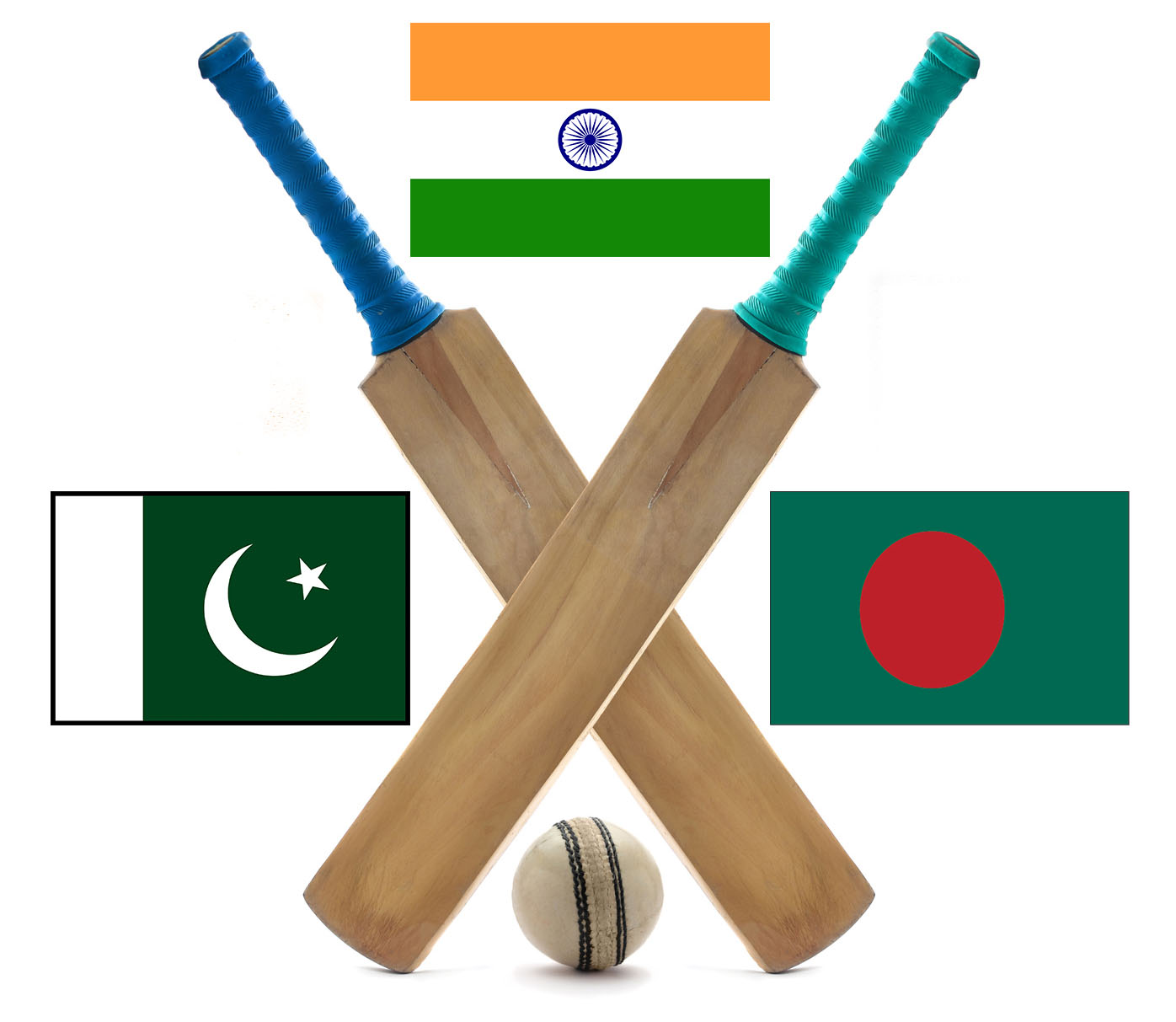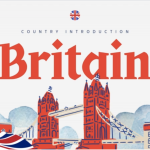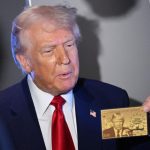(Monday, 30th July 2018)
Mona Shah, Esq. and Rebecca S. Singh, Esq. of Mona Shah & Associates Global play a straight bat
At first sight, one could be excused for thinking that this was an article relating to cricket! With economic growth averaging 6% over the last two decades, South Asia has one of the world’s most dynamic economies. India is widely considered as the economic heavyweight in the region, yet one cannot ignore the substantial influence Pakistan and Bangladesh increasingly exert over South Asia.
Interestingly enough, despite being former colonies of the British Empire and now all member states of the Commonwealth, the South Asian nations have failed to reap the full benefits by developing strong commercial relations with each other. Indeed, South Asia is one of the least economically integrated regions in the world. According to the World Bank, the total trade among the nations of the South Asian region is less than 5% of their trade with the rest of the world. One might attribute the lack of intraregional trade to high transport costs, protectionist policies and political tensions. With trade barriers and the deep-seated enmity between the nations in place, it naturally leads investors and entrepreneurs to explore economic opportunities elsewhere.
One such hotspot is, obviously, the United States of America. The US is the land of dreams and opportunities and embraces many high-net-worth individuals (HNWIs), of which India and Pakistan have a strong supply. India has one of the largest populations of HNWIs in the world, boasting a total number of 218,600, with an estimated 2% of the top of the pyramid leaving the country per year,1 making it also one of the highest net outflows of HNWIs in the world. Pakistan, on the other hand, is among the top three countries with the highest number of ultra-high-net-worth individuals (UHNWIs) [more than $30m in net assets] applying for second citizenship.2
EB-5 visa numbers
In the last 24 months, the EB-5 program has become very popular with South Asian countries, especially with Indians.
In FY 2017, Indian nationals represented 1.7% of the total number of EB-5 visas issued, with 174 EB-5 visas issued – the sixth largest source of EB-5 investors. Pakistani nationals represented just 0.2% of the total with 21 EB-5 visas issued. Bangladesh is outside the Top 20 with a negligible impact in the EB-5 sector.
Visa backlog
India faces visa backlogs for most of the employment-based categories: EB-1 (extraordinary ability/multinational executives), EB-2 (skilled workers) and EB-3 (unskilled workers). The number of EB-5 investors from India in 2018 has tripled. In fact, Mr Charles Oppenheim, chief of the Department of State has predicted that India will have a final action date by June 2019. The date for the backlog could be earlier. There are no such backlogs for natives of Pakistan and Bangladesh
Currency funds transfer
• Indian nationals are limited to $250,000 per fiscal year
• Bangladesh: foreign transfers of capital are not allowed.
• Pakistan: No limit on funds transfer through foreign currency accounts to and from Pakistan on an individual. The State Bank of Pakistan has suggested changes to the law (Protection of Economic Reforms Act) [PERA], but nothing as of yet
Diversity visa
None of the three qualify for the diversity visa lottery.
E-2 visa
Only Bangladesh and Pakistan are eligible for the E2 Treaty visa. Pakistani nationals are also eligible for the E-1 treaty trader visa.
Reciprocity schedule
How long the visa can be used:
Bangladesh:
E-2: Valid only for 3 months, with two entries
L-1: Multiple entries, 12-month validity
India:
L-1: Multiple entries, 60-month validity
Pakistan:
E-2: Multiple entries, 60-month validity
L-1: Multiple entries, 60-month validity
Bilateral taxation treaties
All three countries have bilateral taxation treaties with the United States for the avoidance of double taxation
Foreign direct investment
India continues to be an attractive destination for FDI and is the 20th largest destination for inward FDI by total stock. FDI into India has nearly doubled over the past decade – representing almost 2% of GDP.
Pakistan is much further down the list at number 61 worldwide. The US is one of the largest sources of FDI for Pakistan, as is China – through the China-Pakistan Economic Corridor, with numerous infrastructure and power projects currently in development. FDI in Pakistan fell by 71% between 2016 and 2017, with many concerned with inconsistent tax policies, an increased cost of doing business and worrying macroeconomic indicators.
Bangladesh stands at 91st place, but it received an all-time high of $2 billion in FDI in 2016.
Ease of doing business
Bangladesh ranks one of the lowest in the world, and the lowest in South Asia: 177/190. In particular, the country is second to last for contract enforcement. Bangladesh is ranked 159/190 for Getting Credit and 173/190 for Trading Across Borders
Pakistan ranks 147/190 in the world
• 105/190 for Getting Credit
• 171/190 for Trading Across Borders
• Notably better for Resolving Insolvency (82/190) and Protecting Minority Investors (20/190)
India ranks 100/190 in the world – around the middle of the pack
• 29/190 for Getting Credit
• 146/190 for Trading Across Borders
• 4/190 for Protecting Minority Investors
Sources:
(1) New World Wealth
(2) https://www.firstpost.com/business/money/pakistan-among-top-3-nations-whose-super-wealthy-apply-for-second-citizenship-1969529.html
Mona Shah, Esq.
UK born, Mona, a dual licensed attorney, was formerly a Government Prosecutor with the British Crown Prosecution Service. Mona has extensive knowledge of all facets of US immigration law; her expertise ranges from specialist business law to complicated, multi-issue federal deportation litigation before the US Courts of Appeal. Recognised as an industry leader in EB-5, Mona has received many accolades for her work, including voted top 25 EB-5 attorney in the US four years in a row; Top Lawyer by Who’s Who International, ‘Top Attorney of North America’.
Mona, is also an adjunct professor at Baruch College, CUNY University. She has authored numerous articles, a published book for investors, co-edited EB-5 Gateway (BLS) and is a recommended author with Lexis Practice Advisor. Mona is regularly invited to speak worldwide, has been interviewed by mainstream news channels, including Fox Business News, Al Jazeera and quoted in major newspapers, including the New York Times. Mona also hosts the first podcast series on EB-5, with over 55 podcast episodes.
Rebecca S. Singh, Esq.
As an advanced EB-5 practitioner, with a litigation background, Rebecca works with project developers as well as individual entrepreneurs. She is responsible for analysing, crafting and preparing project documents for RC designation and direct EB-5 project petitions, as well as I-829 petitions. Rebecca troubleshoots for other attorneys and is well versed in USCIS compliance.
Rebecca is highly proficient at investor petitions, counselling clients through all stages of the EB-5 program. She has successfully filed complex source of funds issues from clients worldwide. Rebecca is an expert in consular affairs and adjustment of status cases, handling issues such as consular waivers, problematic “Age Out” issues, and non-immigrant and immigrant visa applications.
Rebecca also has extensive EB-5 marketing experience, authoring numerous published articles, appearing and producing podcasts and other media streams, and travelling internationally for global conferences.





